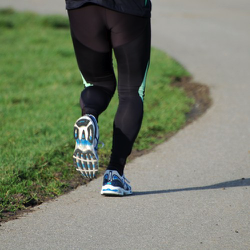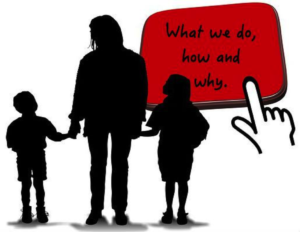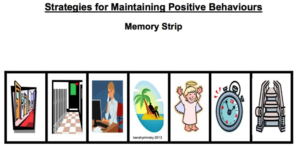Oxytocin and Attachment
Oxytocin and Attachment
Oxytocin and Attachment

A couple years ago, I began researching bonding, attachment and oxytocin. My son was a bundle of nerves, so hypersensitive to my touch it appeared painful.
Oxytocin is a powerful hormone that is necessary for bonding and attachment. It is often called the “love” molecule. My son with tactile sensory sensitivity as well as TS Plus was not getting any oxytocin and it worried me. When Nathan was a baby he pushed his body away from mine and cried louder when I tried to soothe him. It was a painful phenomenon not being able to comfort or soothe your child with cuddling, contact and kisses. Every time he pulled away or reacted with anger or violence to intimate touching was painful for everyone and it is hard not to just stop reaching out due to how uncomfortable he obviously was with touch. I wondered what I should do.
When we hug or kiss a loved one, oxytocin levels drive up. It also acts as a neurotransmitter in the brain. In fact, the hormone plays a huge role in pair bonding. In Nathan’s case I had to restrain myself from doing what seemed natural because of his hypersensitivities. If Nathan fell off his bike, I learned not to go and see if he was okay because his distress would amplify by my presence, I would end up physically hurt and not have been able to comfort him in any way in the process. By age 7 or 8 his combined disorders made it difficult to tell if he would notice if I was suddenly not there. I wondered if he had a bond with me. I had a difficult time answering the question at that point and I didn’t like that at all.
We put together an experiment. We needed a plan to get his body to make some oxytocin and hopefully in the process, bring us closer together. Plans work better when we make them together so I talked to Nathan. I told him about oxytocin, what it does and how we could potentially get more. We came up with “cuddle time”. We did have to implement a minimum time as it was very difficult and sometimes painful for Nathan with his disorders and sensitivities.

“Cuddle time” would happen at bedtime, when he was finishing a last game on his Ipod, I could read to him, I could scratch or rub his back…anything, even tickles. The only rule was that it had to have skin on skin contact.
The proposed benefits:
Helping us create a greater sense of intimacy and bonding
Induced feelings of optimism, self-esteem and building trust
Reduced feelings of depression and anxiety
Increased empathy and generosity
For Nathan, the results of “cuddle time” have been astounding. He is more likely to offer cuddle time spontaneously. He may even ask for cuddle time, or a back rub at times. He may still react negatively to touch that he is not expecting but will apologize for his reaction. He will hug and kiss freely when appropriate. I no longer wonder if there is a bond between us, there is and it is much stronger. And we no longer need to plan cuddle time as we have many spontaneous opportunities throughout the day. We hug and kiss and there are many “I love you”s going around our house. I know as he grows older we may have to reinstate our planned “cuddle time” and we will and we know why it is important.
At the Tourette Syndrome Foundation of Canada National Conference of Tourette Syndrome Plus this past weekend I was reminded of this regimen I implemented and was validated as it is an intervention being taught to parents. Jennifer Kolari did an informative and engaging presentation about her method, Connected Parenting. Included in the therapeutic technique…baby time!
Here is a little bit about Jennifer and Connected Parenting.
Connected Parenting shares techniques that therapists use to help parents soothe their child as well as enhance the parent-child bond and is based on the understanding that correcting and guiding behavior works best when it is preceded by and linked to empathy. At the heart of this parenting model is the CALM Technique which helps parents accurately attune to children’s affect and experience. These empathic interactions release reward chemicals in the brain that stimulate positive emotions and increase order and balance in the nervous system. Reward chemicals, including natural opiates, endorphins, and a powerful hormone called oxytocin, reduce and inhibit stress hormones and bathe the brain in positive emotions that ripple through every cell in the body. The benefits of empathy and compassion have a strong base in science that cannot be underestimated. Simply put, it is brain food, the emotional nutrition all of us need, perhaps our children most of all.
Although many parenting techniques stress the importance of empathy, Connected Parenting will show you how to use it skillfully to repair frayed bonds, deescalate tantrums, contain and correct difficult behaviors and help your child to become more confident and emotionally resilient. We use a collaborative and supportive coaching model and provide inspirational, easy-to-understand techniques grounded in neuroscience and attachment. In the end, your child will be more compliant, more relaxed, and – most importantly – happier. Connected Parenting will bring out the best in you and your child.
I encourage you to check out her website. It is packed with information, video, a blog and her books are available there. If you have an opportunity to hear her speak, jump at the chance. Her session was a highlight of the conference.

































